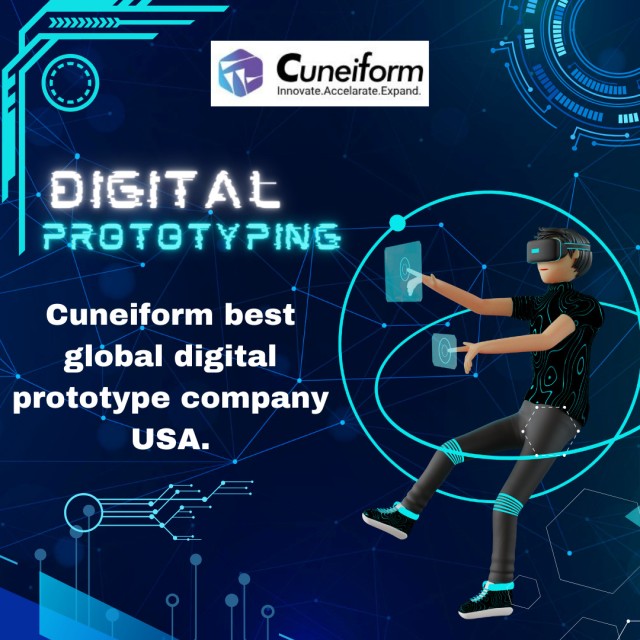The Ultimate Guide to Digital Product Prototyping.
Digital product prototyping has become a cornerstone in modern product development, revolutionizing the way teams bring their ideas to life. In this comprehensive guide, we'll explore the ins and outs of digital product prototyping, from the basics to advanced strategies and real-world examples. In the fast-paced world of digital product development, having a solid prototype is crucial. But what exactly is digital product prototyping, and why does it matter? At its core, digital product prototyping involves creating a dynamic, interactive model of a product before it goes into full-scale production. This allows teams to visualize, test, and refine their ideas, resulting in a more streamlined development process and a product that better meets user needs.
Defining Digital Product Prototyping
Digital product prototyping is more than just creating a static
representation of a product. It's about building a functional model that gives
a realistic experience of how the final product will look and behave. Unlike
traditional prototyping methods, digital prototyping allows for quick
modifications and iterations, saving both time and resources.
The
success of a digital product often hinges on its user interface. A well-designed
UI enhances user experience, making the product more intuitive and enjoyable to
use. During the prototyping phase, designers focus on creating a visually
appealing and user-friendly interface that aligns with the overall product
vision.
Beyond
aesthetics, digital product prototyping also addresses the broader user
experience. This involves analysing how users interact with the product,
identifying pain points, and refining the design to ensure a seamless and
satisfying journey.
A
static prototype can only reveal so much. To truly understand how users will
interact with a product, digital prototypes incorporate interactive elements.
This allows stakeholders to navigate through different features, providing
valuable insights into the user journey.
In
the vast landscape of prototyping tools, choosing the right one can be
overwhelming. Various factors, such as the complexity of the project and team
collaboration requirements, influence the decision. Let's explore some popular
tools and considerations when selecting the one that best fits your needs.
Step-by-Step
Guide to Creating a Digital Product Prototype
Initial Planning and
Ideation
Before diving into the prototyping phase, a solid plan is
essential. This involves defining the project scope, identifying key features,
and setting clear objectives. Ideation sessions can spark creative solutions
and align the team on the vision for the product.
Wire framing and Sketching
The first tangible step in prototyping involves creating
wireframes and sketches. These low-fidelity representations help map out the
structure and flow of the product, providing a foundation for the more detailed
stages of prototyping.
High-Fidelity Prototyping
As the vision becomes clearer, designers transition to
high-fidelity prototyping. This stage involves adding details such as color,
typography, and interactions, bringing the product to life in a way that
closely resembles the final version.
Common Challenges in
Digital Product Prototyping
Prototyping is an iterative process, and feedback is a crucial
component. However, managing and implementing feedback effectively can be
challenging. Finding a balance between addressing valuable input and staying
true to the project goals is key.
In the pursuit of innovation, teams may face the challenge of
balancing creative ideas with functional requirements. A successful prototype
finds the sweet spot where creativity enhances functionality without
sacrificing usability.
Benefits of Digital
Faster Time-to-Market:
Digital product prototyping accelerates the development timeline
by allowing teams to identify and resolve issues early on. This results in a
quicker time-to-market, a critical advantage in today's competitive landscape.
Cost-Effectiveness
Investing time and resources in prototyping pays off in the long
run by reducing the likelihood of costly errors during the later stages of
development. Prototyping serves as a cost-effective insurance policy against
potential setbacks.



Comments
Post a Comment